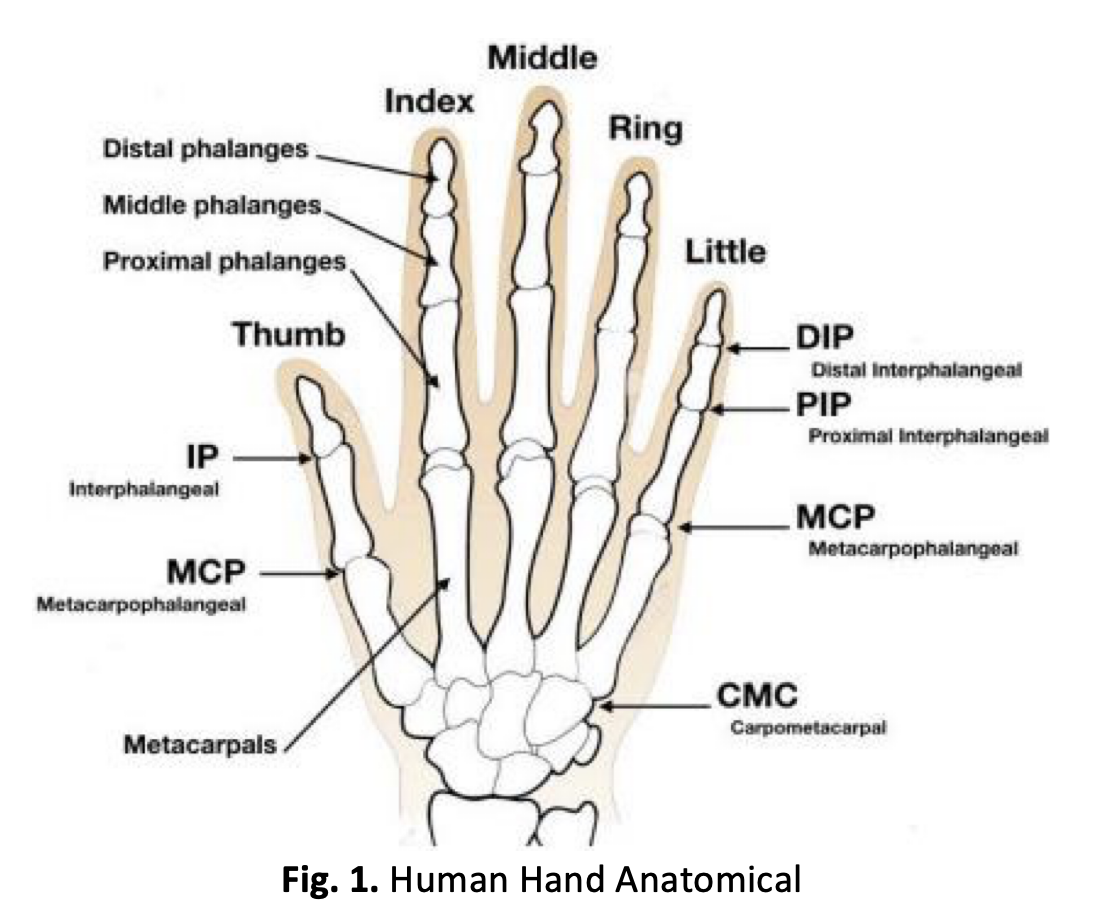A Low Cost of an Exoskeleton Finger for Stroke Patient
DOI:
https://doi.org/10.37934/araset.38.2.1626Keywords:
Exoskeleton finger, Solidworks, stroke patient, exoskeleton hand, prosthetic handAbstract
Hand motor impairment poses a significant obstacle for stroke survivors, profoundly affecting their capacity to perform crucial daily tasks. This impairment frequently includes an inability to flex fingers effectively. This research is dedicated to the development of a low-cost exoskeleton finger tailored for stroke patient rehabilitation. The proposed exoskeleton finger boasts characteristics of being lightweight, affordable, and straightforward to manufacture. Moreover, it prioritizes portability and user-friendliness. The design integrates PLA material, springs, servo motors, and Arduino Uno technology. The study introduces two distinct exoskeleton finger designs, with one of them incorporating a glove component. Both exoskeleton finger variations comprise three degrees of freedom (DOF), three links, and two joints. The findings show that the exoskeleton finger's ability to effectively maneuver a paralyzed finger into different positions as commanded, facilitating the rehabilitation process. Furthermore, both designs exhibit reliability in aiding the opening and closing exercises of impaired fingers.
Downloads





























